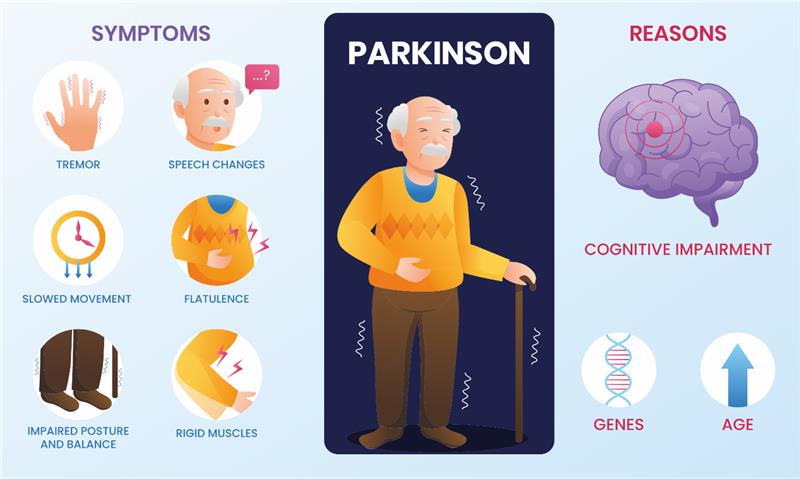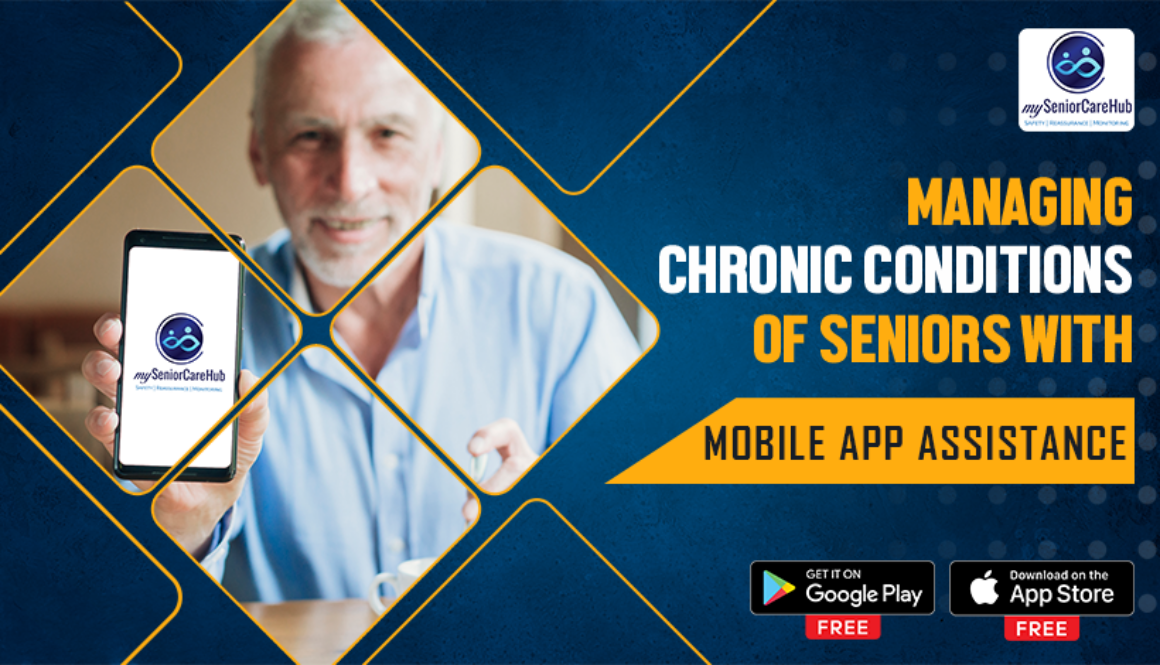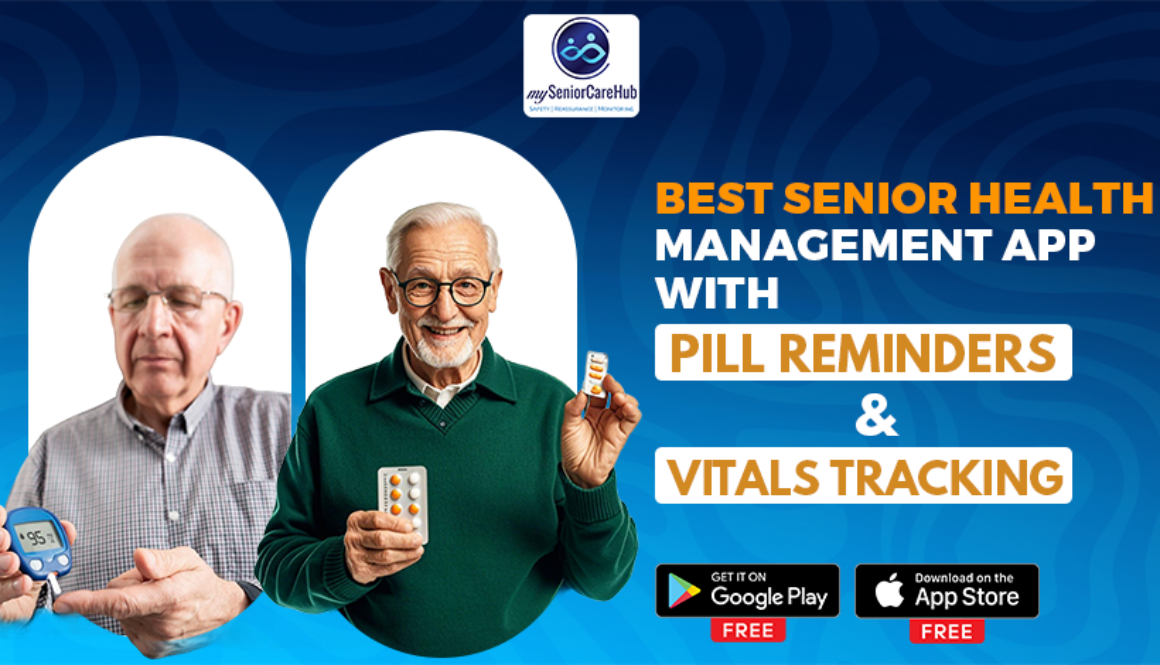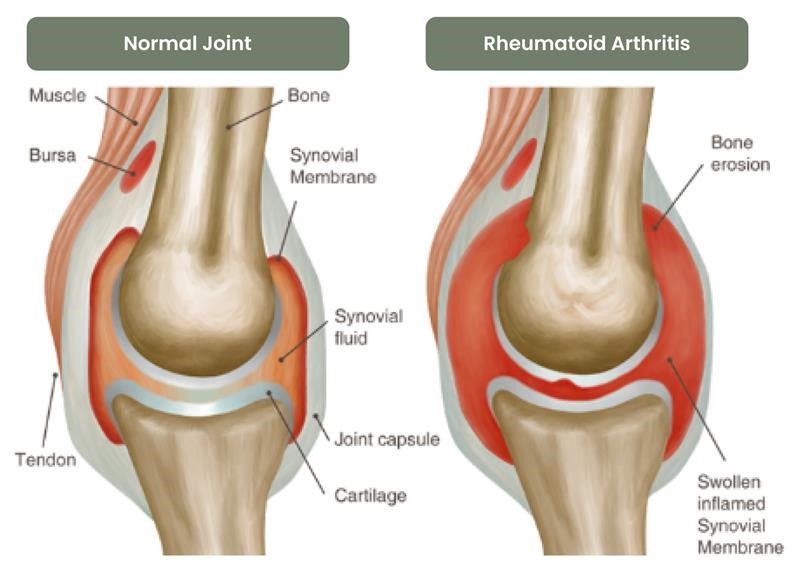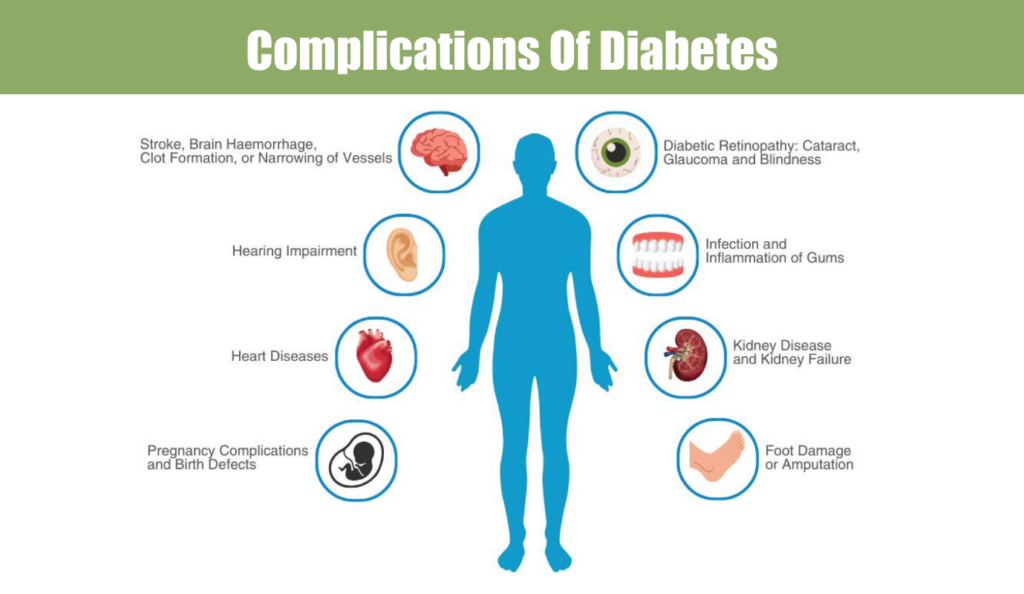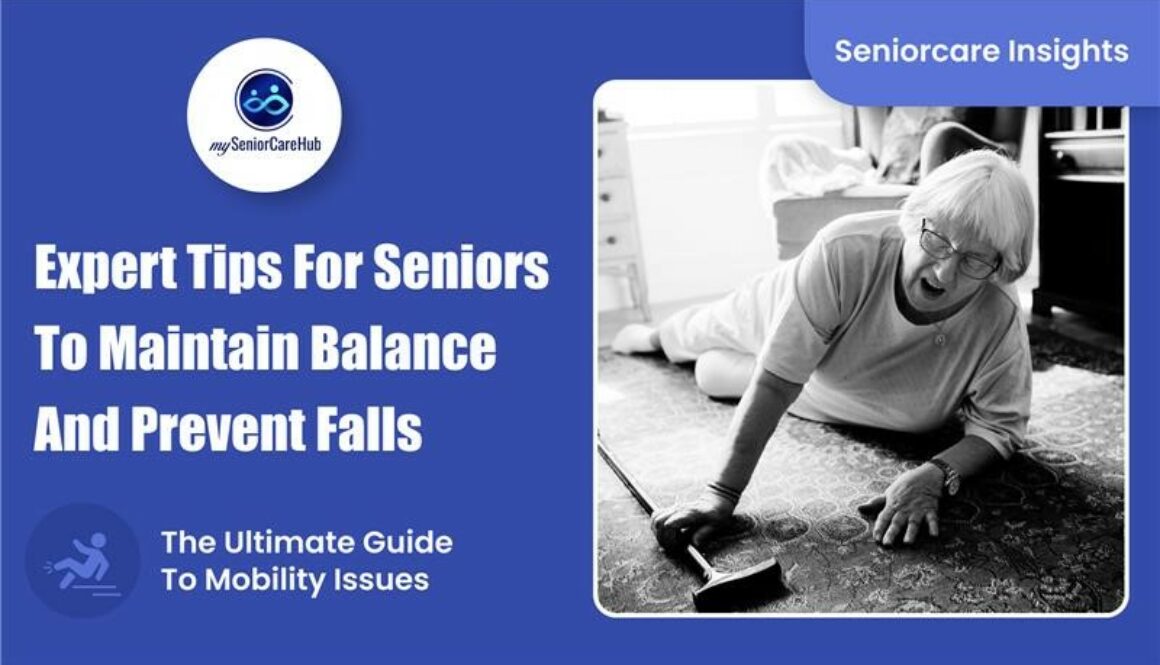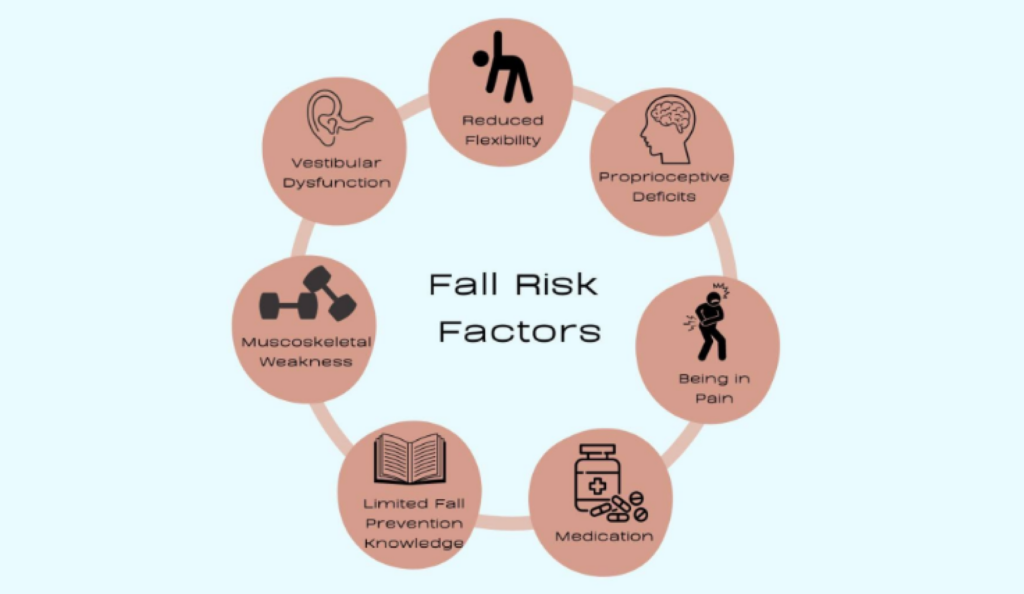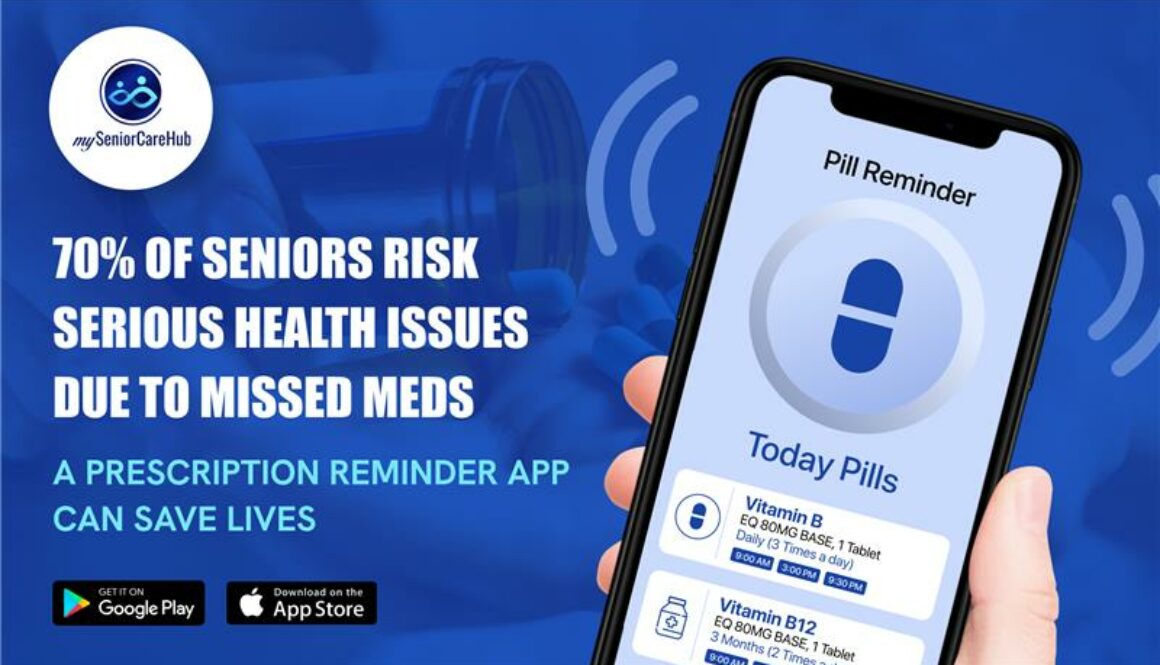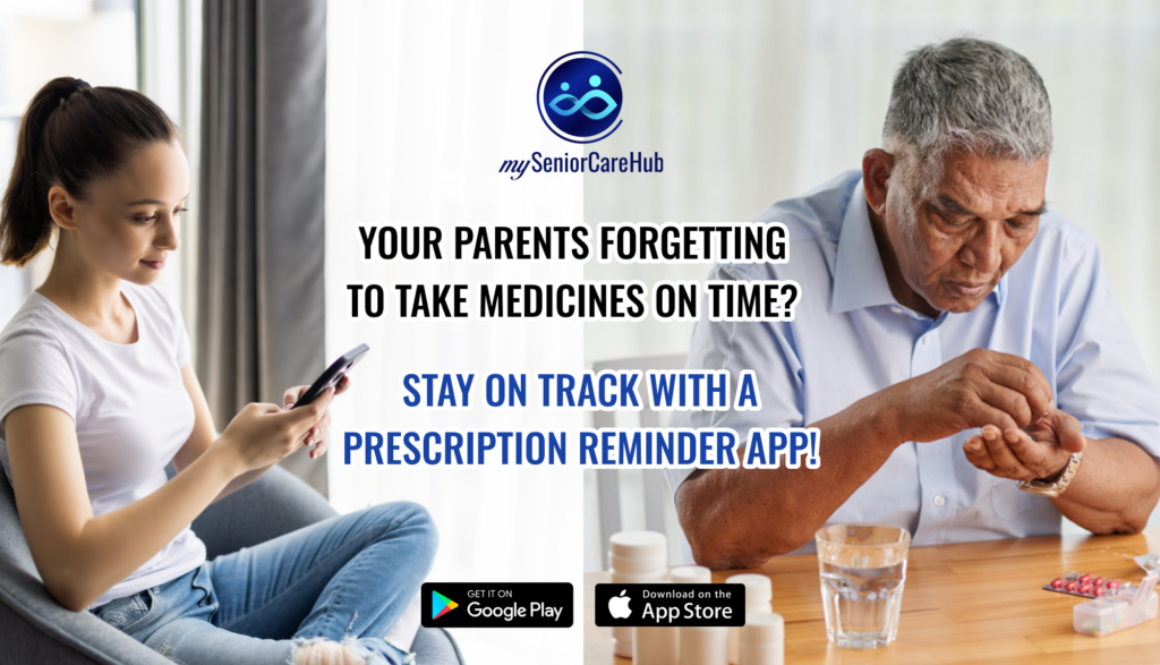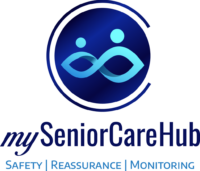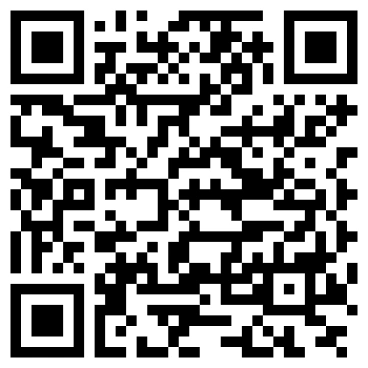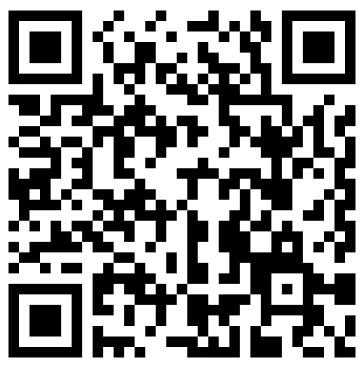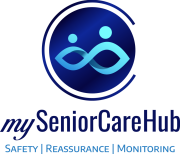Living with Alzheimers : Understanding, Managing, and Thriving
Seniors Living with Dementia
“A society that cares for its elderly is a society that values its future.”
Alzheimer’s disease impacts nearly 55 million people globally, making it the foremost cause of dementia. According to the World Health Organization (WHO), one in three seniors dies with some form of dementia; however, many cases remain undiagnosed until symptoms become severe. Alzheimer’s is a neurodegenerative disorder that progressively harms brain cells, particularly in areas responsible for memory, thinking, and language. While occasional forgetfulness is normal as people age, Alzheimer’s results in significant cognitive decline that disrupts daily life. Recognizing early signs and understanding the disease can lead to better management and care.
Understanding the Science Behind Alzheimer
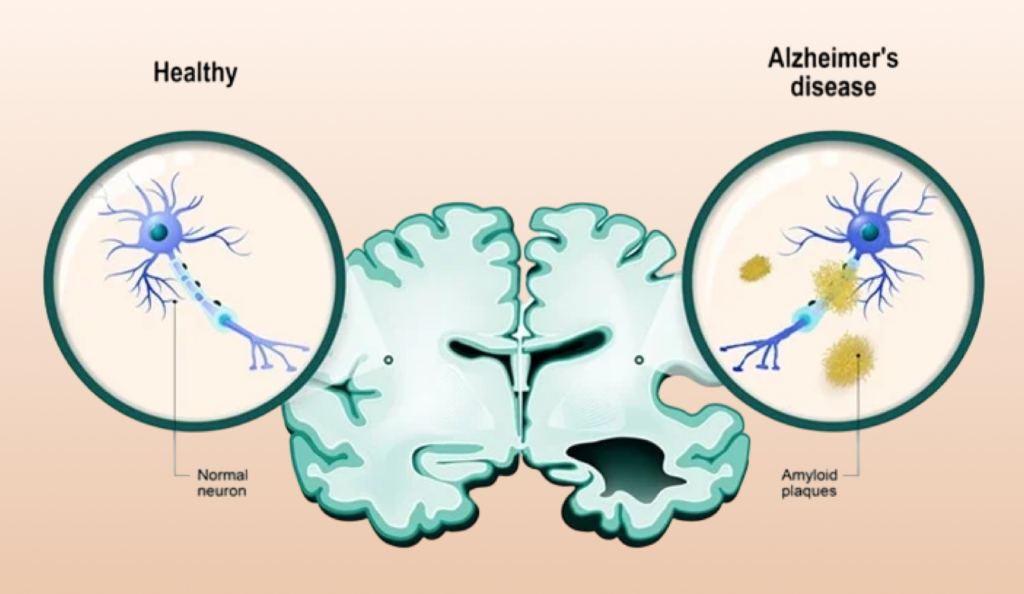
Imagine the brain as a vast city, where neurons (nerve cells) are like roads, carrying messages that help us think, remember, and function. Small protein clusters called beta-amyloid plaques begin to block these pathways when Alzheimer’s disease develops, impairing brain cell-to-cell communication. At the same time, tau proteins, which normally help keep brain cells stable, start tangling up, causing more confusion in the system. Over time, these blockages lead to memory loss, difficulty recognizing loved ones, and trouble with simple daily tasks.
Although the exact cause of this disease is unknown, scientists believe that lifestyle, genetics, and age all play a part. Since the hippocampus is the part of the brain that stores new memories, the damage typically starts there, making forgetting recent events one of the first symptoms. As the disease progresses, other brain areas are affected, which makes it harder for the patient to talk, make choices, or even perform everyday activities.
Recognizing the Early Signs
Imagine waking up one day and feeling lost in a place you’ve known for years. The streets seem unfamiliar, conversations feel fragmented, and familiar faces begin to blur. This is the silent struggle many seniors with Alzheimer’s face.
Initially, the changes are minor forgetting where they placed an item, repeating a story, or missing an appointment. But over time, these lapses become more pronounced:
- Forgetting recent events but recalling the past vividly
- Struggling with routine tasks, like following a recipe or paying bills
- Getting lost in familiar places or feeling disoriented in time
- Finding the right words becomes difficult, making conversations frustrating
- Changes in mood—withdrawal, confusion, or sudden irritation
In addition to the patient experiencing these symptoms, their loved ones are often left in a state of helplessness.
Caring for a Loved One with Alzheimer’s
| Aspect | Practical Tips |
| Creating a Safe & Familiar Space | Maintain a clutter-free environment, use labels, and keep a consistent daily routine. |
| Communicating with Patience | Speak slowly, use simple words, and reassure them if they struggle to respond. |
| Encouraging Independence | Let them do tasks at their own pace, even small ones, to boost confidence. |
| Engaging the Mind | Play music, solve puzzles, or reminisce using old photos to stimulate memory. |
| Seeking Medical & Emotional Support | Consult doctors for medications and therapies and consider caregiver support groups. |
Remember: Alzheimer’s may take away memories but love and kindness can still create moments of joy.
The Role of Medications and Treatments in Alzheimer
While Alzheimer’s has no cure, medications can help manage symptoms and, in some cases, slow the disease’s progression. In moderate to severe cases, memantine protects brain cells, while symptom-management drugs like donepezil, rivastigmine, and galantamine increase neurotransmitters to improve memory. However, effects may decline over time, with possible side effects like nausea and dizziness. Disease-modifying therapies, such as monoclonal antibodies (Aducanumab and Lecanemab), slow progression by targeting amyloid plaques, but they are expensive. Ongoing research explores tau-targeting drugs, brain stimulation, and lifestyle interventions to enhance treatment. Though medications help, personalized care and daily support remain essential.
Beyond Medications: Daily Habits That Make a Difference

Imagine waking up every day feeling a little more in control, despite Alzheimer’s. While medications help, daily habits shape how seniors navigate their journey.
1. Keeping the Mind Active
Instead of just passing time, stimulate the brain—solve a puzzle, enjoy a favourite song, or share old memories with loved ones. These small moments slow cognitive decline and bring joy.
2. Movement Matters
A short morning walk, a few gentle stretches, or chair yoga—staying active isn’t about intense workouts but keeping the body and mind connected. Even 20 minutes a day can improve mood and brain health.
3. Food for the Brain
A meal isn’t just fuel; it’s brain nourishment. A diet rich in berries, nuts, leafy greens, and whole grains supports memory and slows decline. Think of it as a daily dose of brain protection on a plate.
✔ Mediterranean Diet: Rich in leafy greens, berries, nuts, and olive oil, known to support brain health.
✔ Omega-3 Fatty Acids: Found in walnuts, flaxseeds, and chia seeds, can help reduce inflammation in the brain.
✔ Hydration Matters: Dehydration can worsen confusion, so ensure regular water intake.
4. The Power of Connection
A warm hug from a grandchild, a chat over tea with a friend, or simply holding hands—social connections ease anxiety and keep the heart full. Alzheimer’s may affect memory but love and laughter remain strong anchors.
5. Sleep & Routine: Finding Stability
A predictable routine reduces confusion. A fixed bedtime, soft lighting in the evening, and a calm nighttime ritual help seniors feel safe and at ease.
Creating a Supportive Environment for Seniors with Alzheimer’s
A structured and familiar environment helps reduce confusion, ease anxiety, and improve daily life for seniors with Alzheimer’s.
- Simplify the Space: Declutter, use clear labels, and ensure good lighting to enhance safety.
- Maintain Routine: Fixed meal and sleep schedules, gentle reminders, and familiar objects create comfort.
- Manage Behaviour Changes: Stay calm, redirect instead of arguing, and engage them in meaningful activities like music and art.
Small adjustments can make a big difference, helping seniors feel safe, valued, and independent.
Triple C: Compassion, Care, and Connection
Alzheimer’s is more than just a medical condition; it is a life-changing journey. Compassion, Care, and Connection are the true pillars of wellbeing. Familiar faces, structured routines, and emotional warmth help seniors feel safe and valued.
At mySeniorCareHub, we integrate technology with heart, offering tools for caregivers, timely reminders, and a supportive community. Because Alzheimer’s care isn’t just about treatment—it’s about ensuring no senior walks this journey alone.



